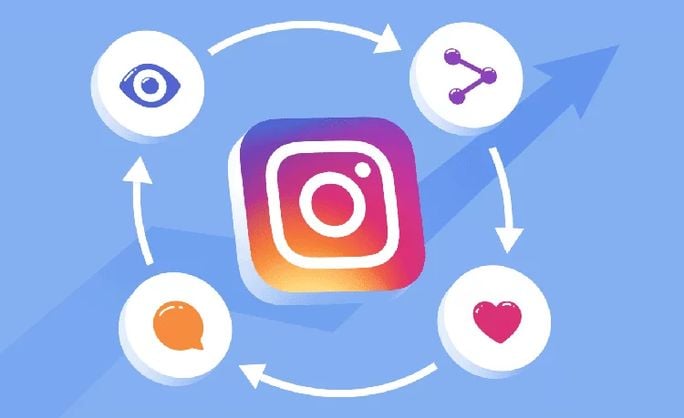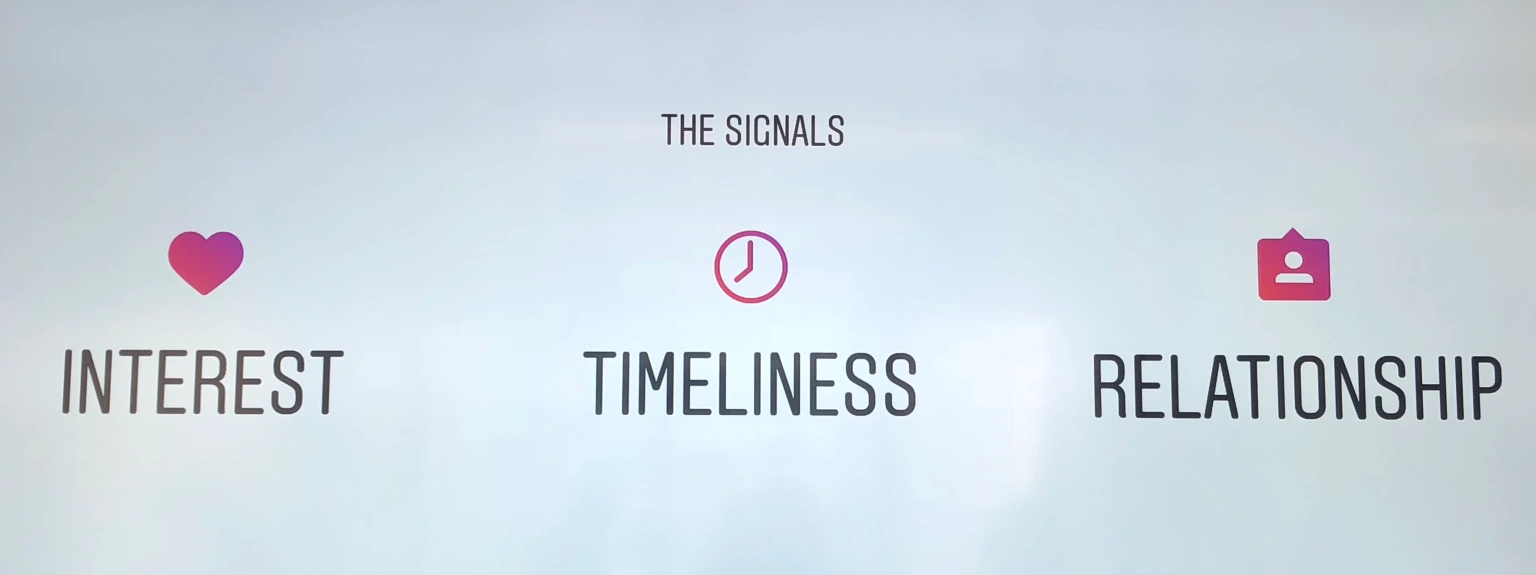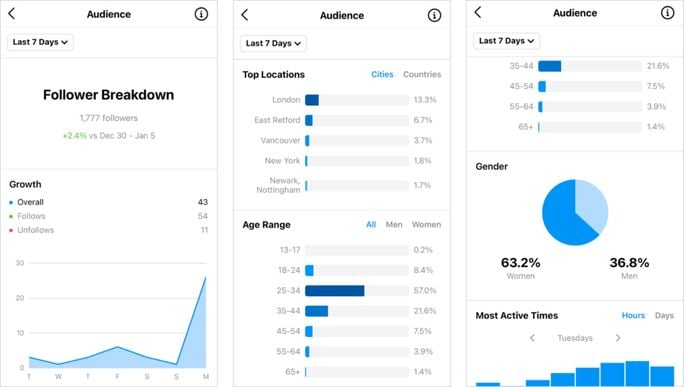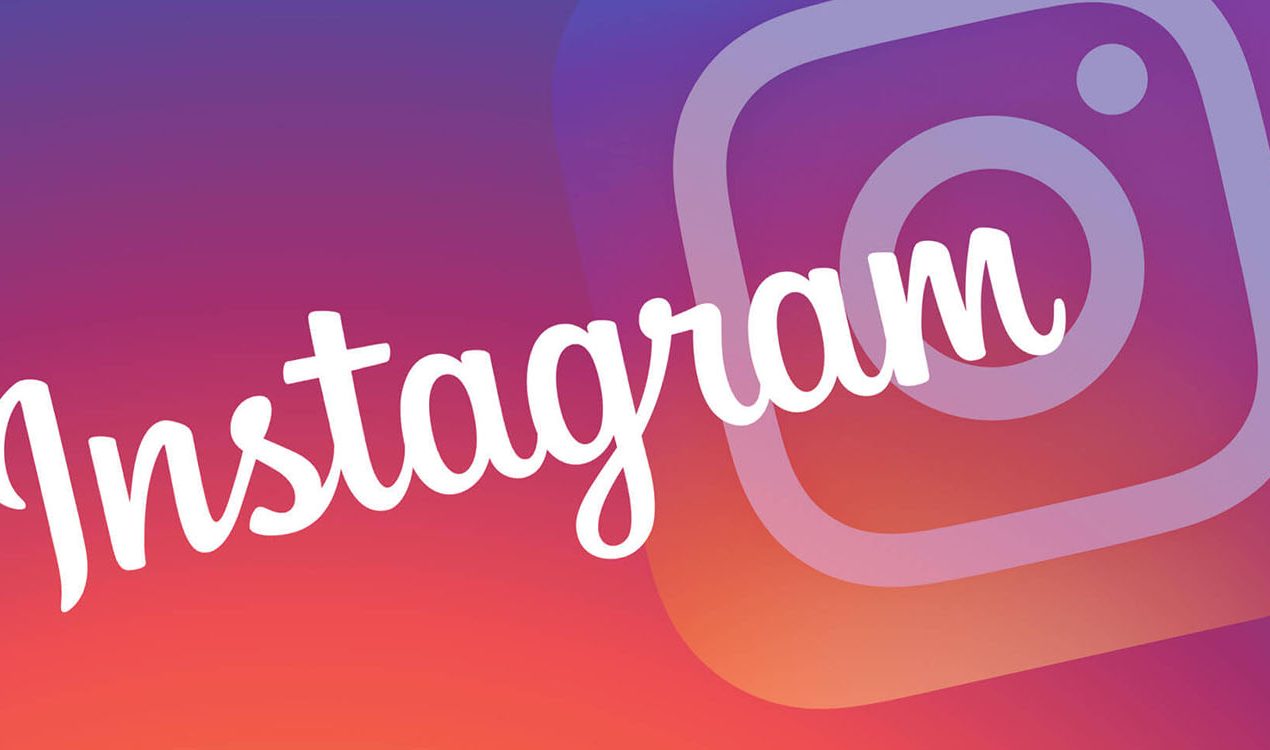The Instagram algorithm is proprietary software that determines which content is shown to users in their feed. The algorithm is constantly evolving, and we expect it to continue to change in the future. But, what exactly is it? How does it work?
Have you ever thought about how one post get tremendous traffic while the other fails to fetch any attraction? Or how does Instagram decide which post will reflect in the feed of which user? All this happens with the help of algorithms. To understand how all this happens, you have to learn how does Instagram algorithm work and plan your Instagram marketing strategies accordingly.
In this article, we’ll give you a brief overview of the Instagram algorithm and how it has changed over time. We’ll also provide some tips on how you can adapt your content strategy to make sure your posts are seen by more people in the future.
What Is the Instagram Algorithm?
The Instagram algorithm is the software that decides which content is shown to users in their feed. The algorithm is constantly evolving. However, the basics of how it works have remained relatively consistent since Instagram was first created.
When a user opens the app, the algorithm looks at all of the content that has been posted since the last time they were on Instagram. It then ranks this content based on a variety of factors, such as:
- The user’s relationship with the person who posted the content. For example, the posts are more visible to followers or frequent visitors rather than completely new viewers.
- The user’s past interactions with similar content. If you have previously interacted with similar content, you will see more similar posts from different creators.
- Finding the best time to post on Instagram. If a user is mostly active during the day, you would see the content by creators who choose to publish their content in the daytime.
- The popularity of the content. If the content is popular amongst most of the Instagram community, it is likely to be visible on different profiles and even the Instagram algorithm change cannot restrict its reach.
Once the algorithm has ranked all of the content, it then decides which content to show the user. The algorithm is designed to show users the content that is most relevant to them.

What is Included in the Instagram Algorithm?
Using a very secretive set of rules, Instagram’s algorithm affects how your Exploration page, For You page, and Following page look. Every result you see in your feed is the result of an almost incomprehensible culmination of data. Your current feed is based on the algorithm which Instagram is currently using. As the Instagram algorithm change, which is more frequent; the feed results or the following page will also show some changes. All these changes are based on data sets.
This data includes:
- Metadata – The data that is assigned to a piece of content, such as the time it was posted, the location it was posted from, and the tags that were used.
- User Data – The data that Instagram has about you as a user, such as your age, gender, and location.
- Engagement Data – The data that measures how users interact with content, such as likes, comments, and views.
- Network Data – The data that measures how content is shared across the Instagram platform, such as reposts and mentions.
- Hashtags – The data that is associated with specific hashtags, such as the number of posts that use a hashtag and the engagement that those posts receive.
How Has the Algorithm Changed?
The Instagram algorithm has changed significantly since it was first introduced. In the past, the algorithm was much simpler and only took into account a few factors, such as the timeliness of the content and the number of likes and comments it received. Back then, the user experience also used to be simple and less customized. If you are an old Instagram user, you must have experienced that the feed is much more customized these days, which is because of the Instagram explore page algorithm
Over time, the algorithm has become much more complex. It now takes into account a variety of factors, such as the user’s relationship with the person who posted the content, the user’s past interactions with similar content, and the popularity of the content.
As the algorithm has become more complex, it has also become more difficult to game. The algorithm is now much better at identifying the content that is most relevant to users and showing it to them. Though the user experience has improved, it has come up as a challenge to businesses. The platform will only show relevant posts and the content in which the user is interested. So, if you are not catering to that requirement, you will lag behind. Moreover, as the competition is tough these days, there are increased chances that your competitor’s content gets more value and reach than yours.
Related: How To Benefit From The New Instagram Updates
What Does This Mean for Marketers?
The Instagram algorithm is constantly changing, and it is becoming more difficult to game. This means that marketers need to focus on creating high-quality content that is relevant to their audience. They also need to focus on building relationships with their followers and interacting with them on a regular basis.
By doing this, marketers will be able to make sure that their content is seen by more people and that they are able to connect with their audience in a meaningful way. Moreover, as the number of content-sharing options on the platform is fast increasing, marketers have to focus on the algorithms that work individually for each content-sharing option. For example, they have to learn about Instagram reels algorithm to understand how their reels will get ranked!
Similarly, they have to learn about the Instagram story algorithm to ensure posting the stories in such a manner that they find their way to their target audiences’ feeds after qualifying the stringent norms set by the platform.
What Are the 3 Main Factors of the Instagram Algorithm?
The three main factors of the Instagram algorithm are:
1. Interest – The algorithm looks at the user’s past interactions with similar content to determine what content is most relevant to them.
2. Timeliness – The algorithm favors content that is timely and relevant to the current moment.
3. Relationship – The algorithm gives preference to content from accounts that the user has a strong relationship.

How Do You Do Well on Instagram Algorithm?
There is no easy answer when it comes to the Instagram algorithm. Whether you talk about the Instagram reel algorithm or the feed posting algorithm, it is not something that a naïve would understand. The real struggle is that the algorithms keep changing; so even if you think you have got a hold of the algorithm, the norms will readily change, and you would have to do all the research work again. However, there are a few things you can do to improve your chances of success:
1. Post high-quality content that is relevant to your audience.
2. Build relationships with your followers and interact with them regularly.
3. Use hashtags and other tools to make your content more discoverable.
4. Be active on Instagram and post regularly.
5. Experiment with different types of content to see what works best for you.
6. Buy Instagram followers to boost engagement on your posts.
The Instagram algorithm is constantly changing, so it’s important to stay up-to-date with the latest changes and adapt your content strategy accordingly.
What Do We Know About the Instagram Algorithm in 2023?
Here’s what you need to know about the Instagram algorithm in 2023:
- The algorithm will continue to prioritize newly-posted content. This means that if you want your content to be seen by more people, you need to post it when your audience is most active. So, learn about the time when your audience is active and choose the same time to publish your content before it gets too crowded, and your post gets lost somewhere down till your audience wouldn’t scroll.
- The algorithm will continue to take into account the user’s relationship with the person who posted the content. This means that you need to focus on building relationships with your followers and interacting with them on a regular basis.
- The algorithm will continue to take into account the user’s past interactions with similar content. This means that you need to create content that is relevant to your audience and that they will find interesting and engaging.
- The algorithm will continue to take into account the popularity of the content. This means that you need to create content that is shareable and that people will want to interact with. Follow latest trends, and if you see any trend going on Instagram, make sure you create content on the same to stay relevant and up to date. Use popular music and trending hashtags, and you will see tremendous increase in your reach and overall engagement.
By understanding how the Instagram algorithm works, you can adapt your content strategy to make sure your posts are seen by more people in the future.
Posting content when your audience is most active and creating shareable, relevant content are just two of the ways you can make sure your content is seen by more people on Instagram.
What is the Most Important Instagram Algorithm Insight?
Engagement analytics are the most important metric to focus on in order to understand how your content is performing.
This means that you should focus on creating content that people will want to engage with. This could include anything from asking questions in your captions to using interesting visuals in your posts.
By understanding what content gets the most engagement, you can adapt your strategy and create more content that performs well on the algorithm. This, in turn, will help you to reach more people and grow your following on Instagram.

How Skweezer Can Boost Instagram Engagement Analytics
With Skweezer, you can get real, targeted likes, comments, and follows from active users that match your target audience.
Skweezer is a safe, effective, and easy-to-use engagement tool that can help you boost your engagement analytics and reach more people on Instagram.
Get Started with Skweezer Today!


